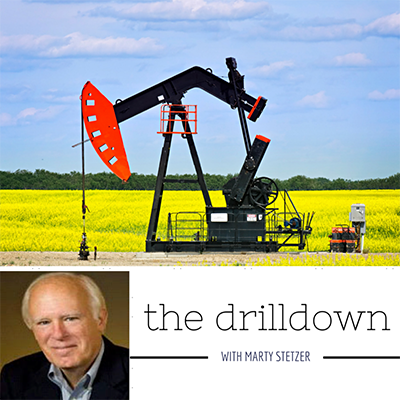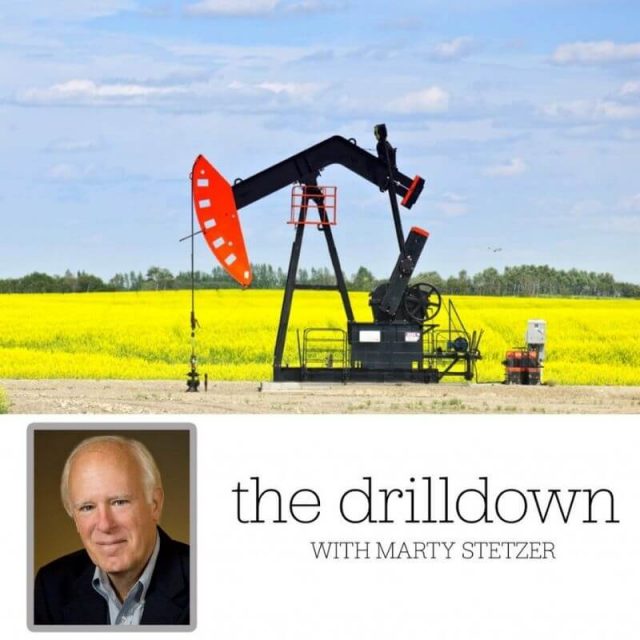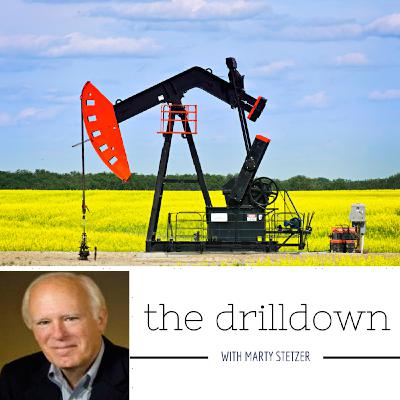Data Driven Production with Jim Crompton
Description
Thanks for listening to the EKT Interactive Oil and Gas Podcast Network.
In this episode, we welcome Jim Crompton to the podcast. Join us for this discussion on data driven production as part of our Digital Oilfield podcast series.
Remember, our listeners get $400 off the registration price (use code EKT400) to the Upstream Intelligence Data Driven Production Conference. It’s happening in Houston on July 6-7.
About the Experts
Marty Stetzer
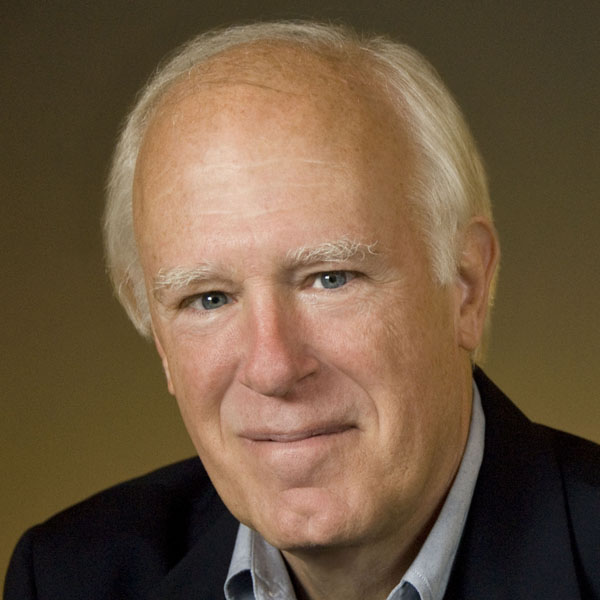 In parallel with his 25-year energy career, Marty has over 15 years experience in providing custom digital training programs to a variety of oil and gas technical audiences – like EKT Interactive Oil 101.
In parallel with his 25-year energy career, Marty has over 15 years experience in providing custom digital training programs to a variety of oil and gas technical audiences – like EKT Interactive Oil 101.
Marty has been a consultant to U.S. and international oil and gas
companies since 1986, including 13 years with PriceWaterhouseCoopers.
He has 18 years management experience with Schlumberger, Superior Oil-Mobil, Wilson Industries and Exxon.
Marty has worked with numerous national and international oil and gas company managements to help improve business performance across upstream, midstream and downstream operations.
Like many of the team, Marty is active in the Society of Petroleum Engineers and often presents at industry forums.
Jim Crompton
“The future is already here, it is just not widely distributed yet.”
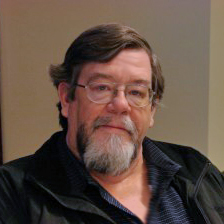 After six years at university and 37 years working in the oil patch for Chevron you would have thought that Jim would have had enough.
After six years at university and 37 years working in the oil patch for Chevron you would have thought that Jim would have had enough.
But no… Jim continues involvement in the following areas:
1) Improving the Data Foundation for Oil & Gas companies
2) Advancing the capabilities of modeling, and advanced analytics as applied to gaining greater insight into the performance of the digital oil field / integrated operations
3) My other passion is mentoring the next generation workforce or digital engineers, geo-scientists and information technology professionals.
Relevant Links:
Digital Oilfield Podcast Series:
We put together this series of podcasts in conjunction with Upstream Intelligence to bring our listeners up to speed with the latest trends influencing the digital oilfield.
Upstream Intelligence Data Driven Production Conference with Louis Vye
The Digital Oilfield with Tony Edwards of Stepchange Global
Innovations in the Digital Oilfield with Joe Perino
Data Driven Production with Jim Crompton
Timestamps:
[1:30 ] Background – Seismic, the first big data
[3:45 ] Digital oilfield – today vs 10 years ago
[9:00 ] Digital oilfield applications in onshore / shale
[13:00 ] How digital oilfield developments are affecting training and human resource management
[16:00 ] Transferring knowledge to the next generation of oilfield operators
[19:00 ] Last thoughts – favorite resources on digital oilfield
Transcript:
Hi everyone and welcome to the Drill Down with Marty Stetzer. This podcast is part of our EKT Interactive Oil and Gas Learning Network and brought to you jointly with Upstream Intelligence in the UK.
Upstream Intelligence is the foremost provider of business intelligence and analysis for the upstream oil and gas community. They are devoted to providing unique industry insight to drive efficiencies, reduce cost and maximize production capabilities.
Today our topic is data driven production with an estimated global value of $31 billion by 2020 the digital oil field is the oil and gas industry's hotbed of innovation now including big data analytics and the industrial internet of things. I'll be speaking with Jim Crompton, an industry veteran. We're really happy to have Jim's input on this new and important part of the upstream business.
Jim, welcome.
Thank you very much.
Jim, can you give our listeners your background related to upstream digital oil field, IOT analytics or whatever else that you think they might be interested in hearing today?
With 40 years in the industry I could spend the whole podcast talking about what I've done. So I'm going to cut it real short. Thirty-seven years with a major international oil company. My background from school is geophysics. So I started out seismic processing acquisition interpretation. That is the oil and gas industry's first big data kind of discipline if you will; to seismic people who were into high performance computing and then moved on to cluster computing, graphics, GPU chips instead of CPU chips, etc. So in a sense lots of data has always been in my background.
Still with the same employer, I moved from geophysics to the IT department and then I made a niche in the IT department by supporting what was the company's digital oil field program. This goes back nearly 15 years ago. Again, the digital oil field is hot right now and there's certainly a lot of very interesting things happening to it. It does have roots that go back quite a while.After working with the program in 10 plus years I retired but I didn't want to quit completely.
We moved from Houston up here to Colorado. I started a small one person consulting business called Reflections Data Consulting. I still give talks at conferences. I write articles and blogs and try to keep up with all the fast pace it's kind of interesting. It was a fast pace of technology and a slower pace of industry adoption and trying to be with one foot in both those worlds in these two fly wheels that are moving at different RPMs is kind of an interesting challenge but that's where I try to sit.
Jim, I appreciate your background and one of your early comments was interesting to me, the digital oil field has been around the concepts for 15 years. Joe Perino and I were working at Schlumberger in 2004 implementing a smart field type of application for one of the other major oil companies. What do you see is the difference today in the way it's being looked at versus say 10 or 15 years ago. Or maybe give some sort of a historical timeline that might help our listener's position what's going on in today's technologies?
It's kind of like somebody said with the internet. The internet was an overnight sensation that was 20 years in the making kind of thing.
There's been a slow background trend as I said I believe starting with geophysics which had lots and lots of data and that continued to grow. It grew in isolation in kind of a silo. The next step I guess if you want to talk about the journey, it moved into drilling and completions.
All of a sudden you had a lot more data coming back from the drill bit, the drilling assembly and you had measurement while drilling (MWD), logging while drilling (LWD). Directional drilling sort of techniques allow almost a video game sort of thing of a remote operator steering a drill bit through a horizontal section of a target reservoir.
Now you've got in completions world you've got the macroseismic activity that's trying to pinpoint exactly where all of the fracking is happening. So drilling caught on and that was 10 plus years ago and now you got the remote operation or decision support centers for offshore drilling. This thing happened in waves and they happen in waves that hit different functions in the exploration and production business.
The facility world went from an awful lot of drawings and documents and MSDS sheets in building new facilities to 3D CAD-CAM models. All of a sudden now you have what I guess is the industry buzz word of digital twin where you are building a physical thing but you have a mathematical twin of that built in your CAD CAM session.
I've even seen really creative use of taking that CAD CAM model, putting it on a virtual gaming platform and you can actually train or somebody's avatar can train in their job on a new say deep water facility years before it’s actually commissioned and the person can go out there.
So day one on the job is really not day one of the person doing those functions and having access to that because they trained in the game. So all of the technology from the virtual

